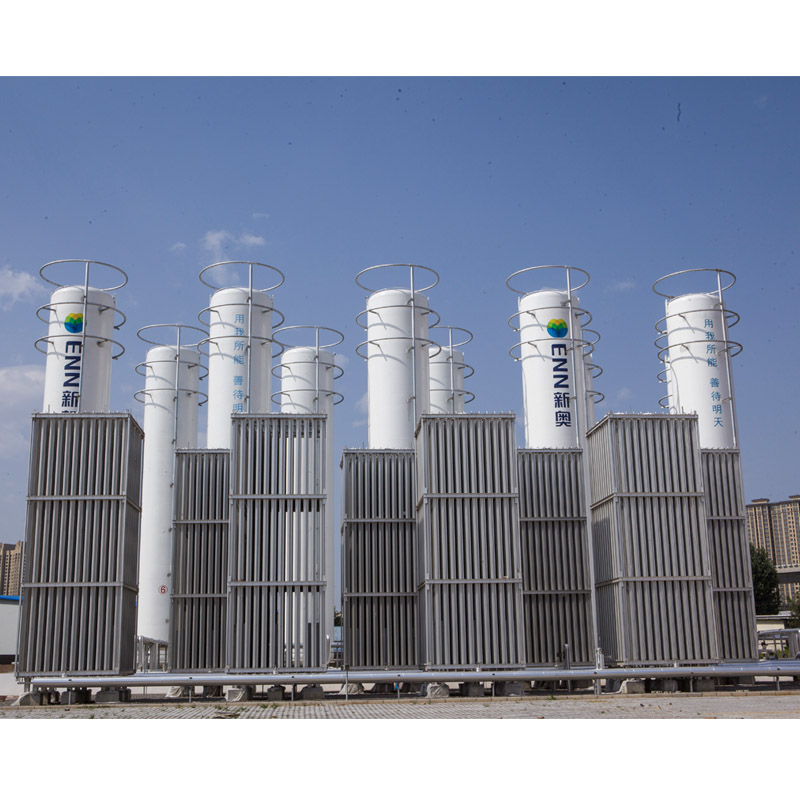
Nov . 09, 2024 16:51
Back to list
Exploring Design and Safety Standards for Pressure Vessel Engineering and Applications
Understanding Pressure Vessels Design, Function, and Safety
A pressure vessel is an engineering component designed to hold gases or liquids at a pressure substantially different from the ambient pressure. These vessels are crucial in various industries, including oil and gas, chemical processing, power generation, and food and beverage production. The design, construction, and maintenance of pressure vessels are governed by several codes and standards to ensure safety and reliability.
Key Design Considerations
The design of a pressure vessel involves various considerations to ensure its structural integrity and functionality. Key factors include the materials used, the type of pressure (internal or external), and the operating conditions such as temperature and pressure levels.
Materials
The materials used in pressure vessels are critical for performance and safety. Common materials include carbon steel, stainless steel, and alloys, which are selected based on their ability to withstand high pressures and corrosive environments. For example, stainless steel is often chosen for its resistance to corrosion, especially in the food and pharmaceutical industries.
Geometry and Size
The geometry of a pressure vessel, such as its shape and size, plays a vital role in how it distributes stress. Cylindrical shapes are commonly used due to their ability to handle internal pressure efficiently. Design engineers must calculate the wall thickness to ensure the vessel can withstand the maximum allowable working pressure (MAWP) throughout its life span.
Pressure and Temperature
The operational pressure and temperature impacts the design requirements significantly. High-pressure vessels require thicker walls and more robust materials. Additionally, the temperature can influence material properties; thus, vessels operating at high temperatures must consider thermal expansions and contractions, which can lead to stresses and eventual failure.
pressure vessel

Safety Standards and Regulations
Given the potential hazards associated with pressure vessels, numerous safety standards and regulations are in place. In the United States, the American Society of Mechanical Engineers (ASME) provides the Boiler and Pressure Vessel Code (BPVC), which outlines the minimum requirements for the design, fabrication, and inspection of pressure vessels. Compliance with these standards is crucial for ensuring safety and reliability.
Construction protocols typically include rigorous testing, such as pneumatic tests or hydrostatic tests, which ensure that the vessel can operate safely under designated pressure conditions without leaks or structural failure. Regular inspections and maintenance checks are also essential for identifying potential issues before they lead to catastrophic failures.
Common Applications
Pressure vessels serve a wide array of applications across multiple industries. In the oil and gas sector, they are used in refineries to store hydrocarbons and other chemicals. In the chemical processing industry, pressure vessels are vital for reactions that occur at high pressures, such as in reactors or distillation columns.
In the power generation sector, pressure vessels are integral to boilers and reactors, where they facilitate the generation of steam or other processes vital for electricity production. Additionally, in the beverage industry, pressure vessels are used for carbonation, where CO2 is dissolved in liquids under pressure.
Risks and Mitigation Strategies
While pressure vessels are engineered for safety, they carry inherent risks. Failure of a pressure vessel can lead to explosions, leaks, or environmental contamination. Therefore, companies must implement comprehensive risk management strategies that include regular inspections, employee training, and emergency preparedness plans.
Conclusion
Pressure vessels are indispensable in several industrial processes, providing a safe means to store and process fluids under high pressure. Their design and operation are complex, requiring meticulous planning and adherence to safety standards. As technology advances, the materials and techniques used in pressure vessel construction will continue to evolve, promising even greater safety and efficiency. Understanding the intricacies of pressure vessels is essential for engineers, safety professionals, and operators to ensure the safety and reliability of these critical components in our modern industrial landscape.
Latest news
-
Safety Valve Spring-Loaded Design Overpressure ProtectionNewsJul.25,2025
-
Precision Voltage Regulator AC5 Accuracy Grade PerformanceNewsJul.25,2025
-
Natural Gas Pressure Regulating Skid Industrial Pipeline ApplicationsNewsJul.25,2025
-
Natural Gas Filter Stainless Steel Mesh Element DesignNewsJul.25,2025
-
Gas Pressure Regulator Valve Direct-Acting Spring-Loaded DesignNewsJul.25,2025
-
Decompression Equipment Multi-Stage Heat Exchange System DesignNewsJul.25,2025

